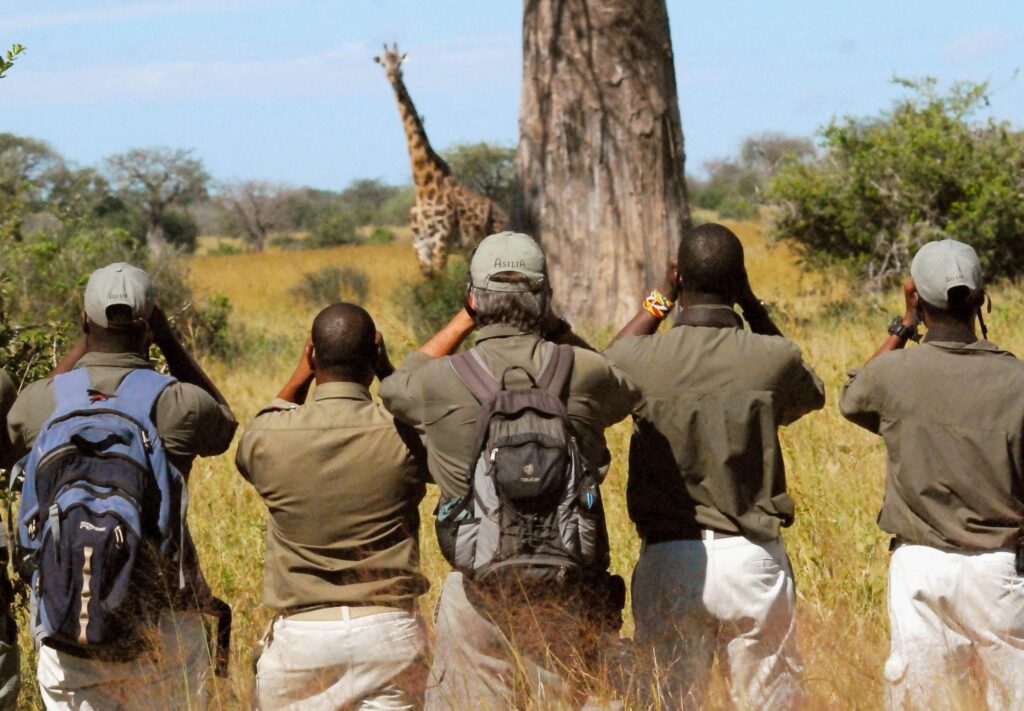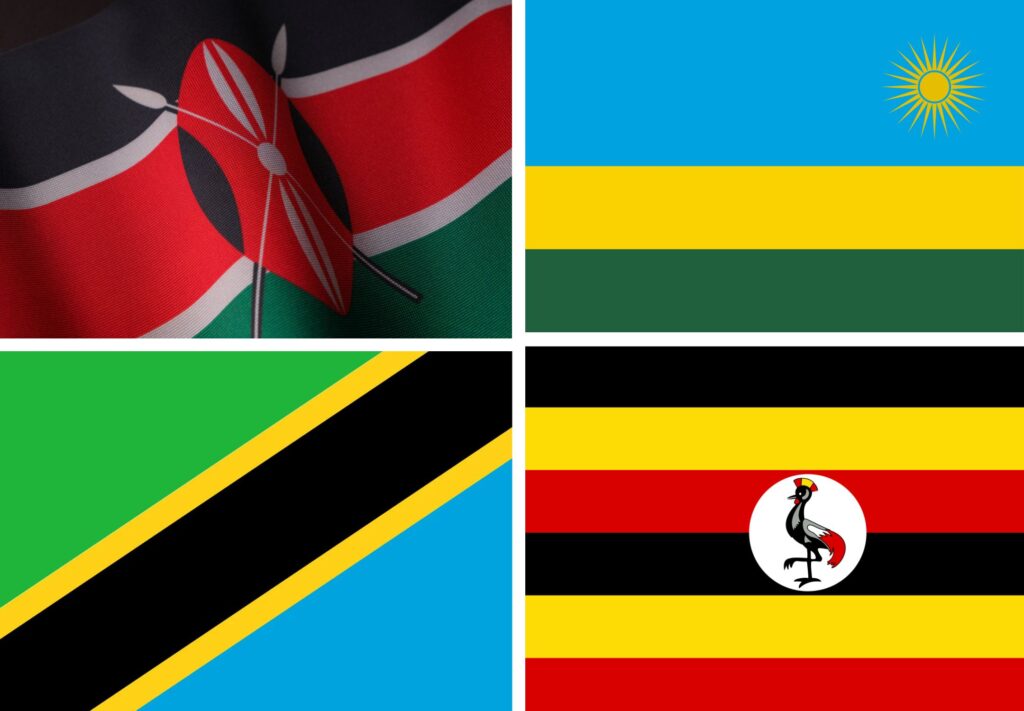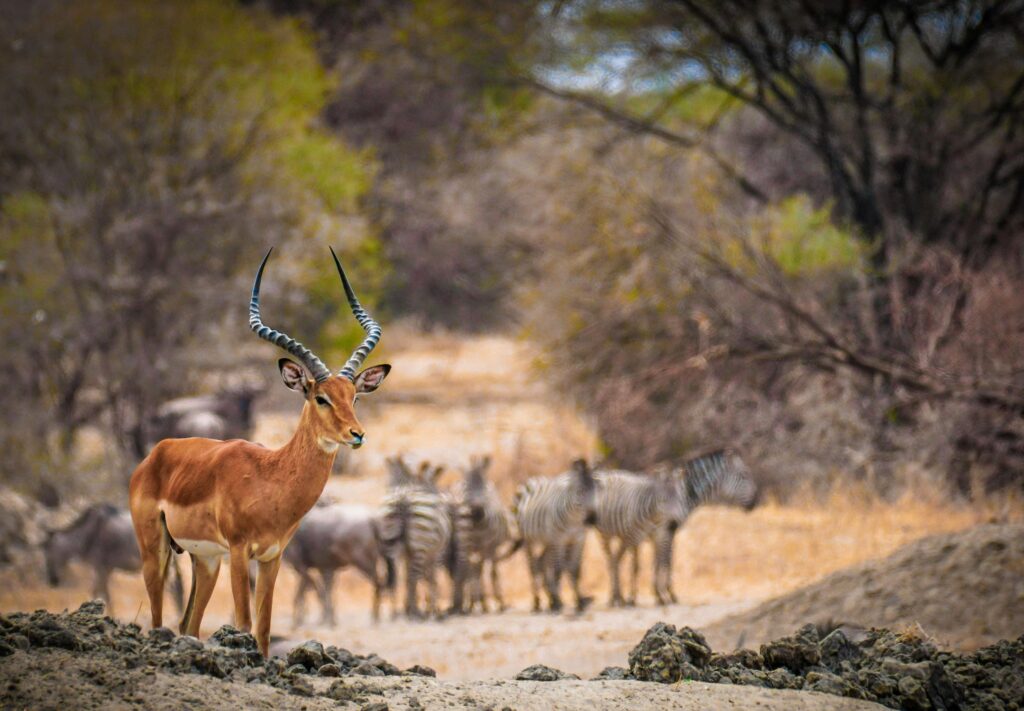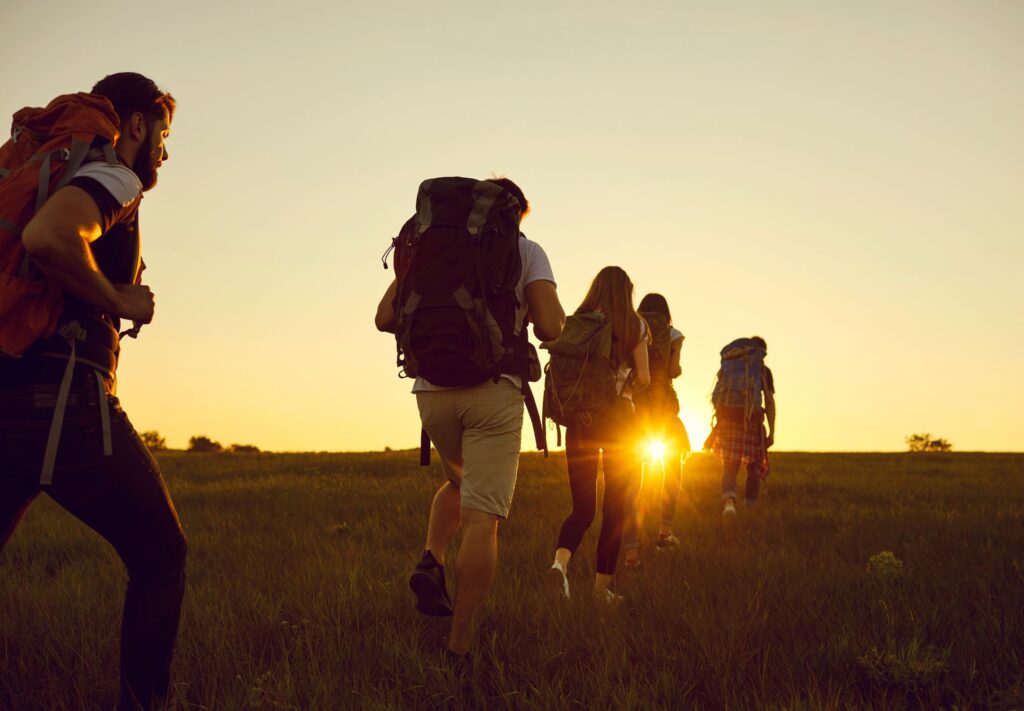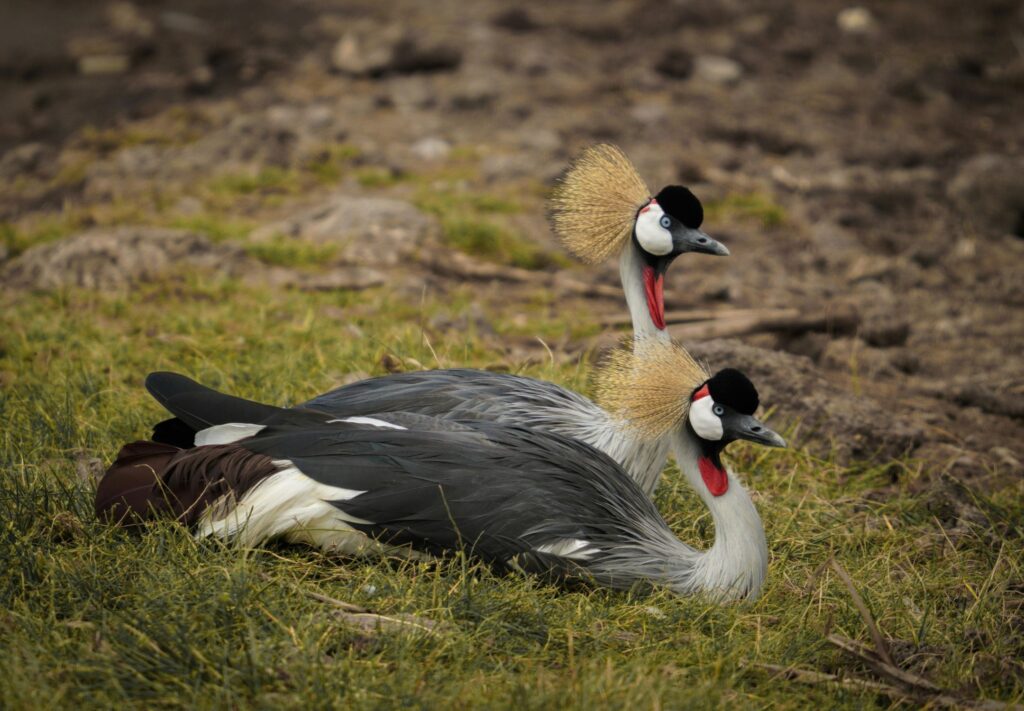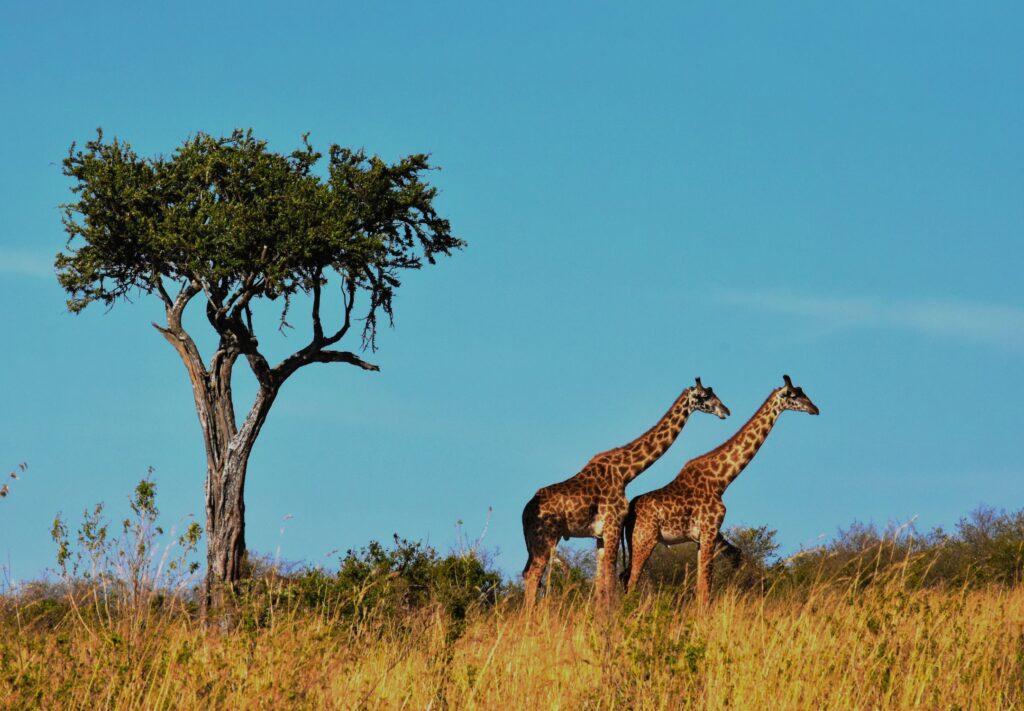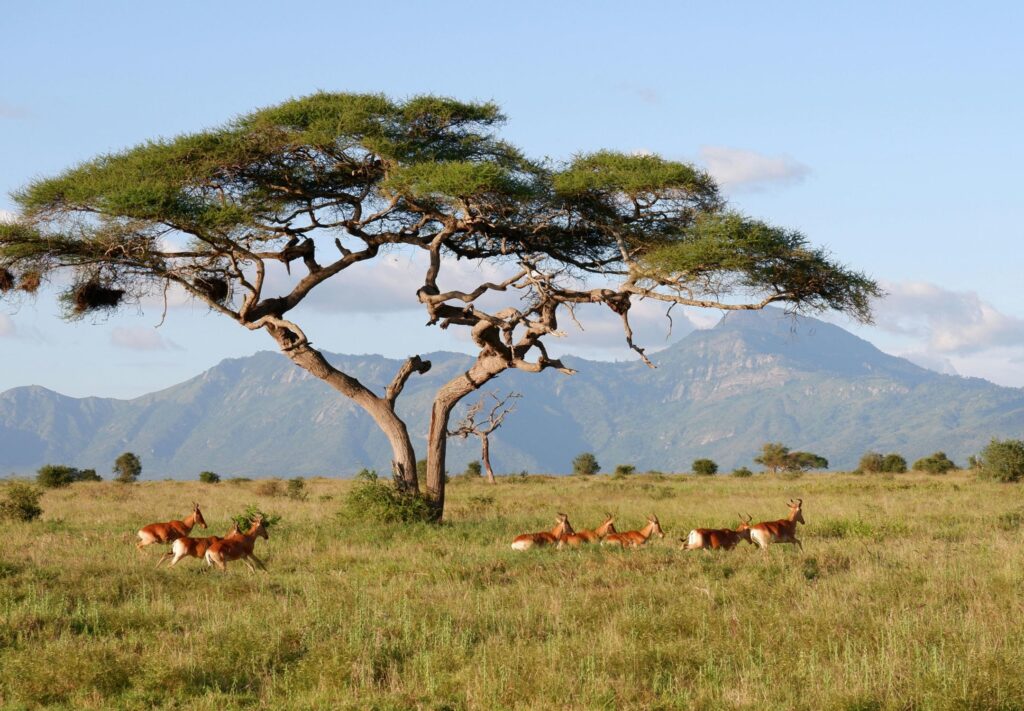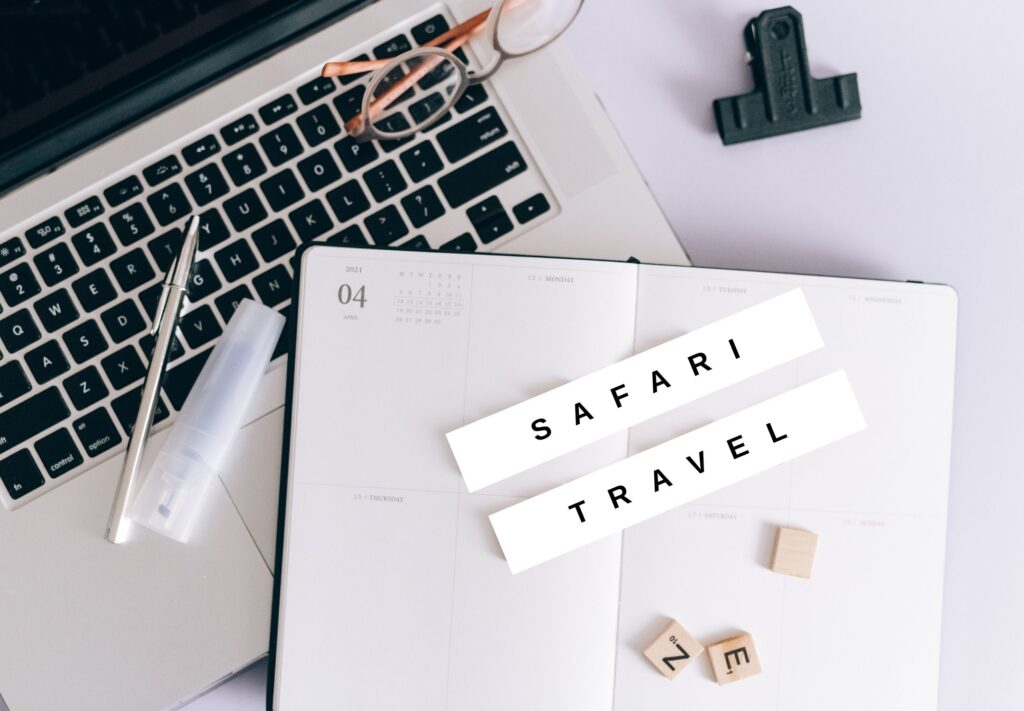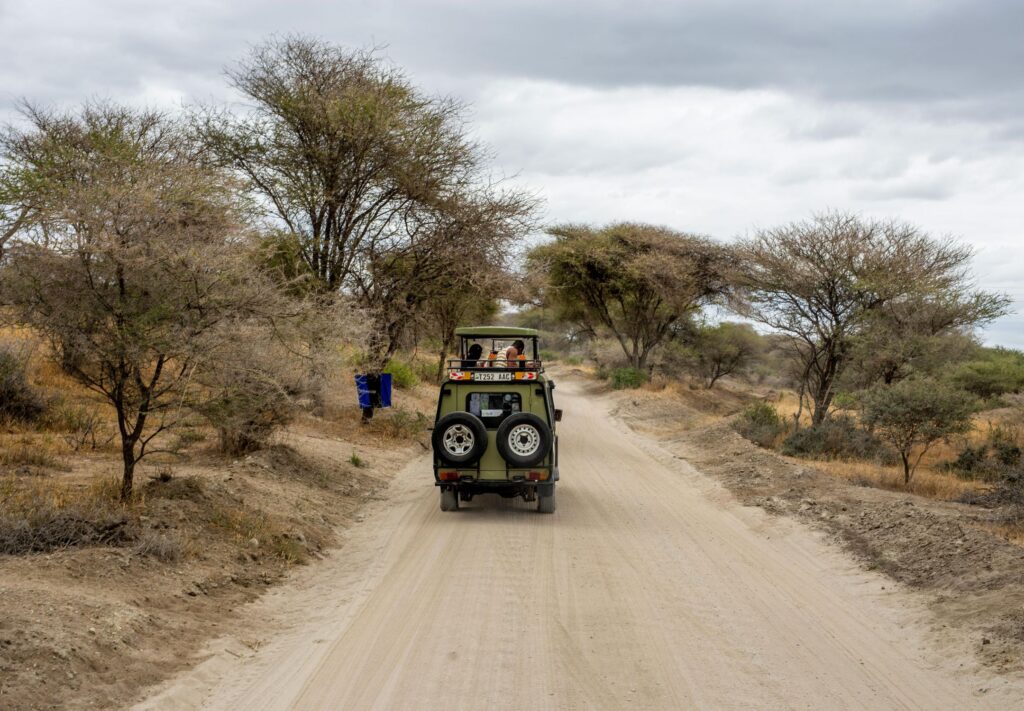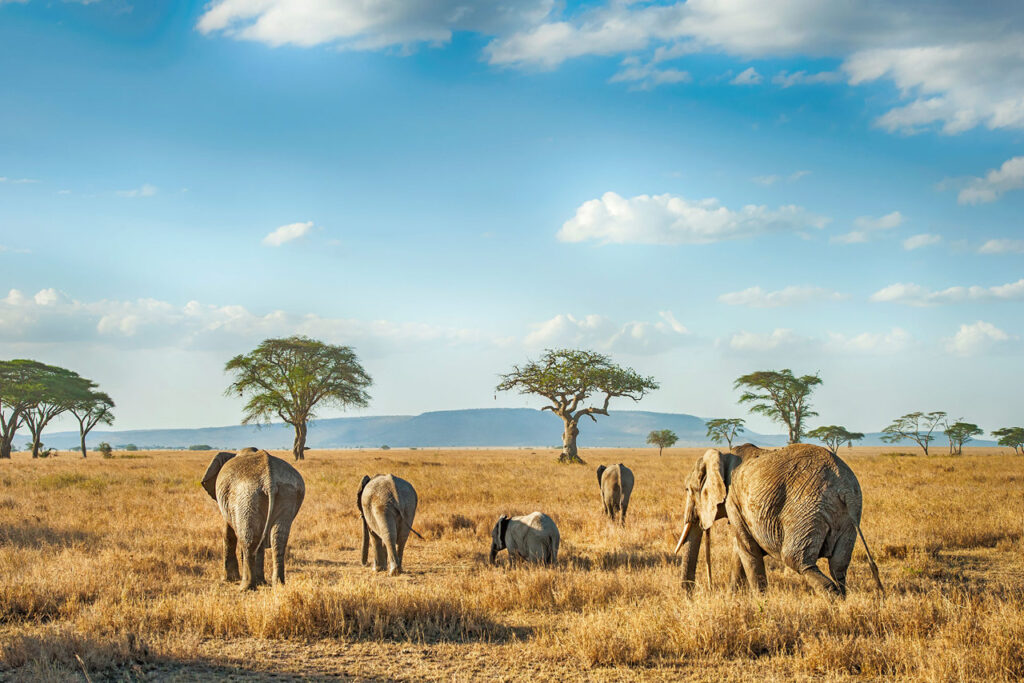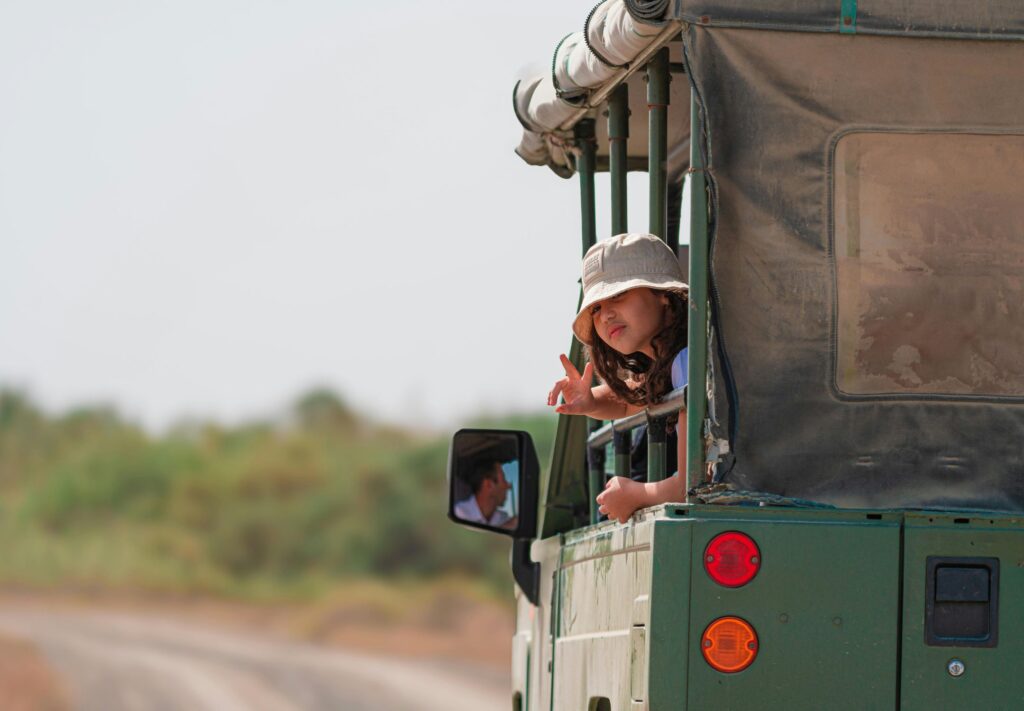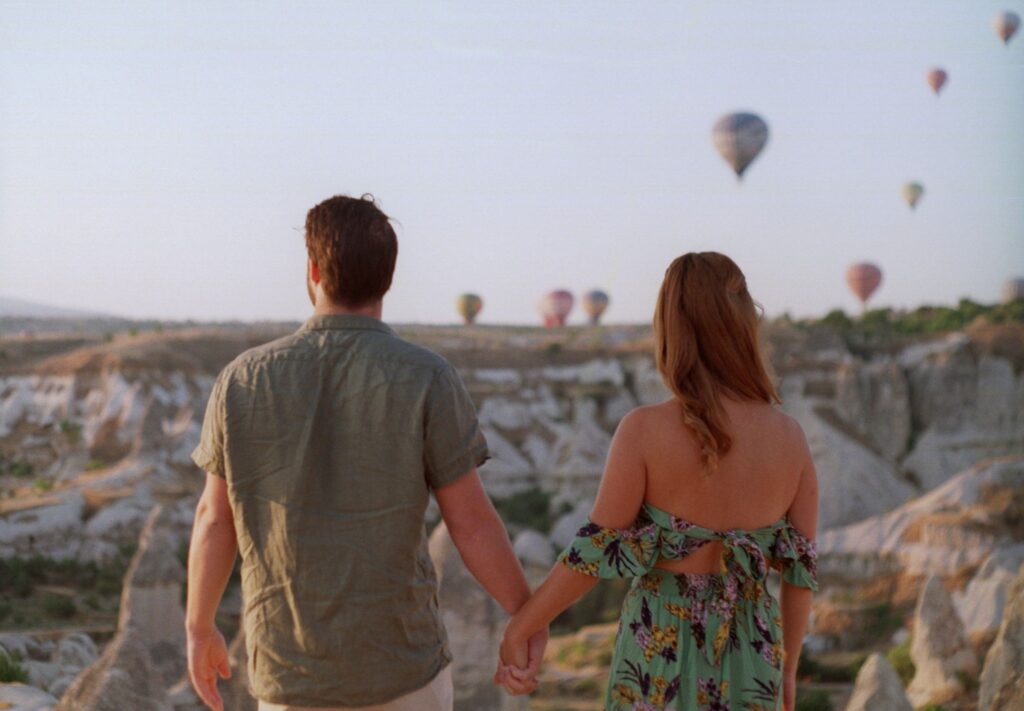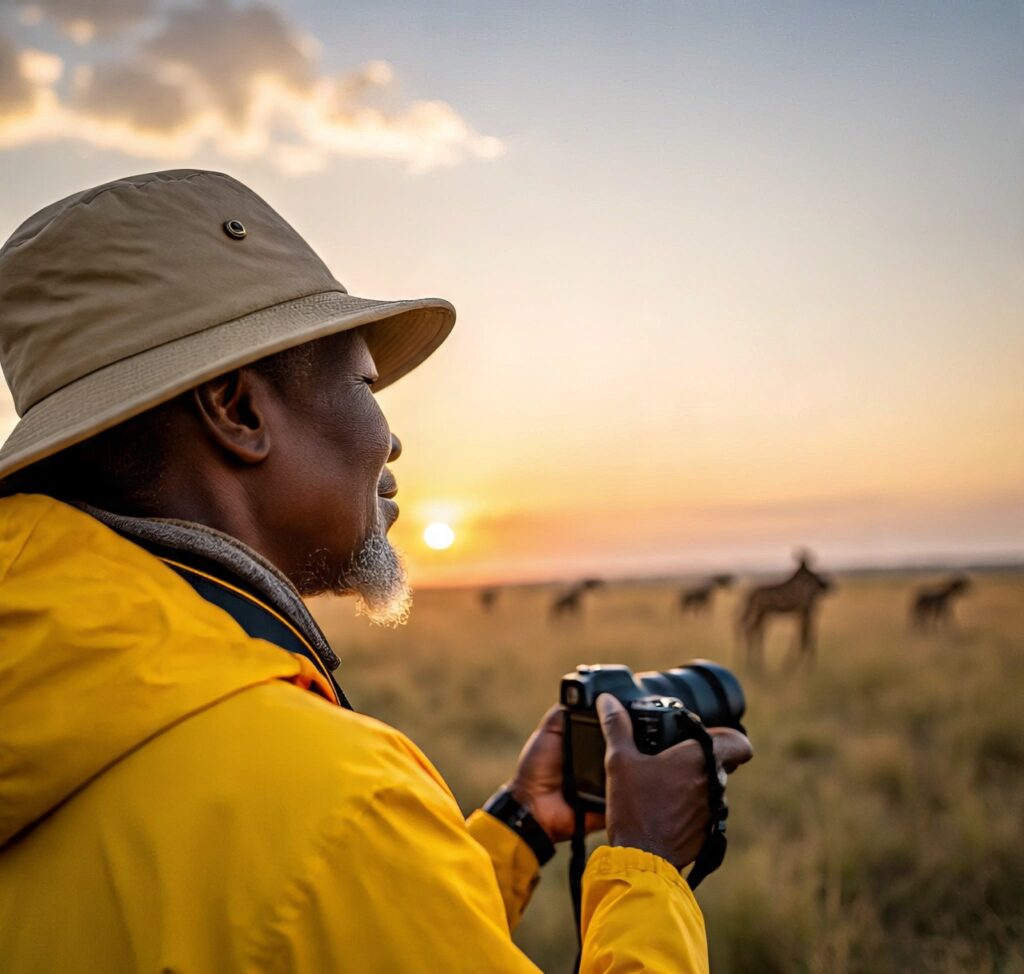From Campfires to Luxury Tents: Different Types of Safari Accommodation Explained
From Campfires to Luxury Tents: Different Types of Safari Accommodation Explained A safari in East Africa isn’t just about wildlife—it’s also about where you stay. The type of accommodation you choose shapes your entire adventure, whether you’re after rustic charm, comfort, or sheer luxury. From budget-friendly camps under the stars to five-star tented lodges, there’s a safari stay for every kind of traveler. Classic Camping: For adventurers who want to get as close to nature as possible, classic safari camping is the way to go. Picture simple tents, campfires under the African sky, and nights filled with the sounds of lions roaring in the distance. These camps are usually mobile, moving with the wildlife migrations, and they offer an authentic wilderness experience. Mid-Range Lodges & Permanent Tented Camps: Perfect for those seeking comfort without breaking the bank, mid-range options combine cozy beds, en-suite bathrooms, and great food with a touch of adventure. Permanent tented camps blend traditional safari charm with modern amenities, making them a favorite for families and couples alike. Luxury Safari Lodges & Glamping: If you’re looking for indulgence, East Africa’s luxury lodges and tented camps offer world-class service in breathtaking locations. Think spacious tents with king-sized beds, private decks overlooking savannahs, gourmet dining, and even infinity pools. These properties allow you to enjoy the wild without sacrificing comfort. Choosing the right accommodation depends on your budget, travel style, and desired experience. Whether it’s sleeping under the stars by a crackling fire or sipping champagne in a luxury tent, safari lodgings in East Africa provide unforgettable stays that are as memorable as the game drives themselves. Check Out Our Packages today Queen Elizabeth National Park 4 Day Tour 9 Days Mt. Rwenzori Experience Primates and Wildlife of Uganda & Rwanda 12 Day Safari 14 Days Pearl of Africa Safari 15 Days Uganda – Tanzania Wildlife Circuit 6 Days Uganda Gorilla Trekking and Wildlife Experience 5 Days Big Five Uganda Safari Kidepo Valley 3 Day Fly-in Tour Murchison Falls 5 Day Tour Adventure Daycation Tour Tanzania 5 Day Tour 3 Day Gorilla Trekking Safari Classic Uganda – Kenya 13 Day Safari 12 Day Tanzania Luxury Safari 8 Day Gorilla trekking and Masai Mara Safari


